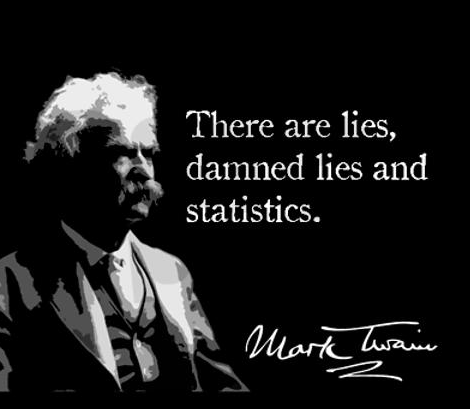1. I work in the audio industry, and my system is a high-end monitoring rig built and supported by a commercial audio company. This is not a normal consumer product, nor would I be in the market for one of those.
2. Again I would respectfully disagree, my speakers will not be obsolete in a decade, nor will they fall apart.
As an example for you every single speaker Meyer Sound makes is active. Their boxes are quite standardized, and will not be obsolete in several decades. I would also state that they are one of the most reliable brands I know of in the entire audio industry, passive or powered or active. These days with good engineering a well made product will not simply "
break down fast due to vibrations." If this was the case powered speakers would not exist in the professional audio world. Instead they do and they perform exceedingly well in some adverse environments, such as being installed outside and being powered on 24 hours a day, through heat and rain; or getting bounced around in tour trucks and being driven hard for nightly shows.
Also for Meyer, since they make a great example, you just plug in an XLR and they work, there is no volume control or settings; for a PA speaker that is the most simple setup that I can think of; ie all the DSP and magic sauce is locked out from the user, and just about anyone can use one! In this sense just because there is a lot of technology going on under the hood, does not mean it is incredibly user friendly (no mucking with amps NL4 or NL8, breakouts, crossover etc) and quite reliable.
---
Granted I think you and I are thinking of very different types of systems here, and might be in quite different worlds of audio.


